Essential Materials Used in Native Jewelry Design
By Gemexi Team | Jewelry- Updated On Nov 15, 2023
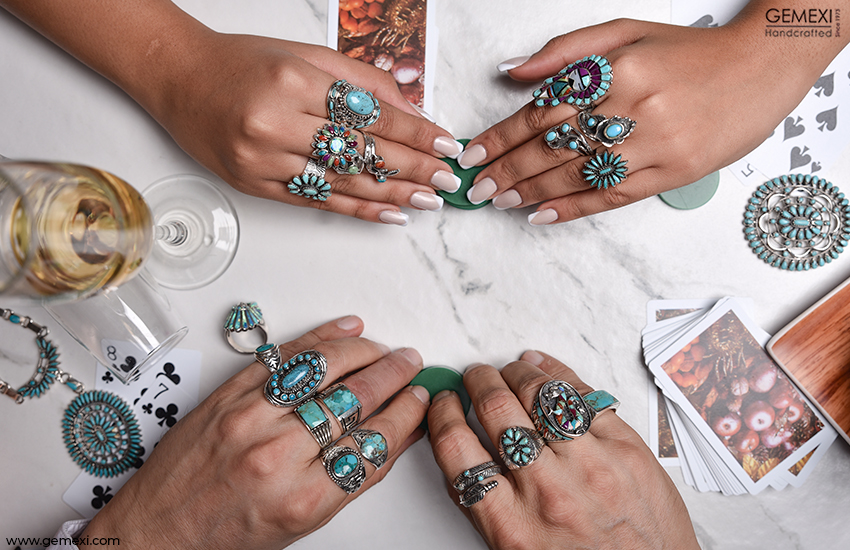
Native jewelry is a special way for indigenous communities to express their culture and connection to nature. The materials they use in making these pieces are not just pretty; they also have a lot of meaning because of their history and what they represent in their culture. This is a small note by Gemexi to have a deep look at the formation of this beautiful native Jewelry.
1. Natural Stones
Natural stones are a hallmark of native jewelry design. They are often chosen for their vibrant colors, patterns, and unique properties. The selection of stones varies from one indigenous culture to another, reflecting the local geology and spiritual beliefs.- Turquoise: Turquoise is a highly prized stone in many Native American cultures, especially among the Navajo and Pueblo people. It is considered a sacred stone that symbolizes protection, wisdom, and healing. Turquoise is often used to create stunning pendants, bracelets, and earrings.
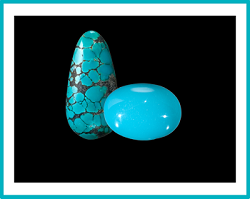
- Coral: Coral is a popular material, especially for Native American tribes in the Southwest. They use it in beadwork and designs because they think it can protect them.
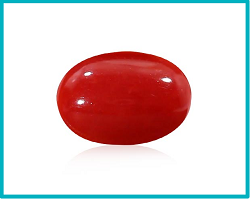
- Abalone: Abalone shells are used by indigenous people, including the Haida of the Pacific Northwest and the Maori of New Zealand, to create unique jewelry pieces. The iridescent qualities of abalone symbolize the connection between land, sea, and sky.
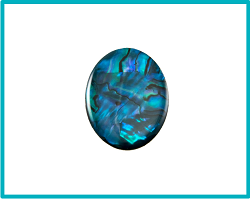
2. Shells
Shells have been used in native jewelry design for centuries, primarily in coastal and island communities. They are appreciated for their natural beauty and versatility.- Wampum: It is a type of shell beadwork used by many Native American tribes, such as the Wampanoag and Iroquois. Wampum beads were traditionally made from purple and white quahog clamshells and were used to create intricate patterns with symbolic meanings.
- Mother-of-Pearl: This comes from the inner layer of certain shells, is known for its lustrous, iridescent appearance. It is often used in inlay work and beadwork to create delicate and captivating designs.
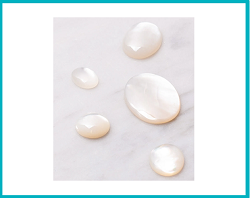
3. Animal Materials
Native jewelry often includes materials from animals, which shows how much indigenous people respect and feel connected to the animal world.- Bone: People from Native American tribes, like the Apache and Plains Indians, often make jewelry using animal bones. They get these bones from animals they've hunted or obtained in a responsible way. They carve and shape the bones into detailed designs.
- Horn: Buffalo horn is a popular material for jewelry among Plains Indians, as it carries deep cultural and spiritual significance. Buffalo were essential to their way of life, and using buffalo horn connects them to their traditions and heritage.
- Feathers: Feathers from birds like eagles, owls, and turkeys are used to create striking and symbolic jewelry pieces. These feathers are often chosen for their unique patterns and associations with spiritual significance.
4. Metals
Metals have found their way into native jewelry design, particularly in regions where indigenous peoples had access to metals through trade or other means.- Silver: Silver is widely used in Native American jewelry, particularly among the Navajo and Hopi tribes. Silverwork includes intricate stamping, overlay, and engraving techniques to create distinctive designs, such as squash blossom necklaces and concho belts.
- Copper: Indigenous jewelry often uses copper, a traditional material. The jewelry designs often have colorful patterns on them. You can see copper jewelry in many Native American tribes, as well as in African and Pacific Island cultures.
5. Beads
Native jewelry often uses beadwork, which is a common and detailed way to design it. The beads are usually made from materials like glass, seeds, or clay. People use these beads to make patterns and designs that have special meanings.- Seed Beads: Small, colorful seed beads are used by many indigenous cultures to create stunning beadwork. These beads are meticulously stitched together to create intricate designs that often tell stories and represent cultural elements.
- Trade Beads: Trade beads, which came to indigenous communities when they first met Europeans, are important for their history. People still use these beads in modern native jewelry to show how cultures and materials were shared between them.
Conclusion
The things used to make native Jewelry aren't just for looks; they have a lot of history, culture, and spirituality. Each part picked for a piece of Jewelry tells a story, shows a strong link to nature, and represents the identity of the indigenous people who make and wear these beautiful artworks. When we value and honor these materials, we can recognize and enjoy the long-standing customs and heritage of indigenous cultures. Native Jewelry proves how traditions stay beautiful and the skill of the people who make it, but always remember to buy authentic native Jewelry from natural gemstone Jewelry dealers.- Tags:
- Turquoise
- Coral
- Abalone
- Mother-of-pearl
- Natural Stones
- Seed Beads
- Copper
- Silver
- Natural Jewelry Dealers
- Trade Beads








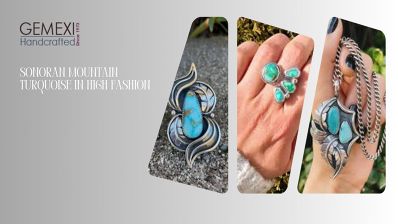
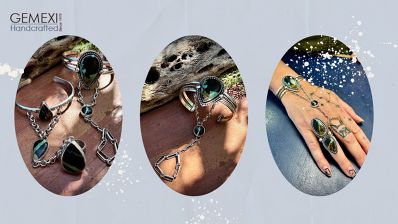
0 Comments
Write Comments